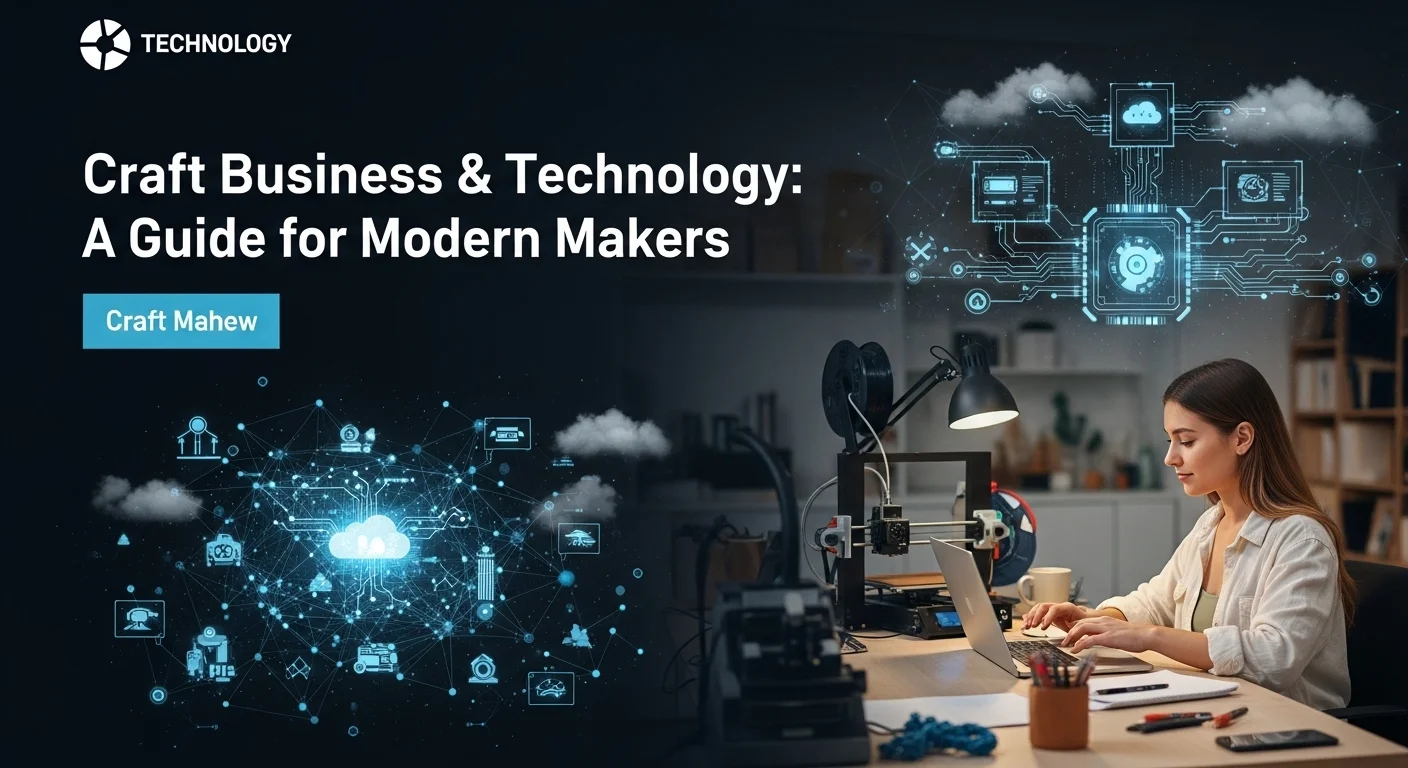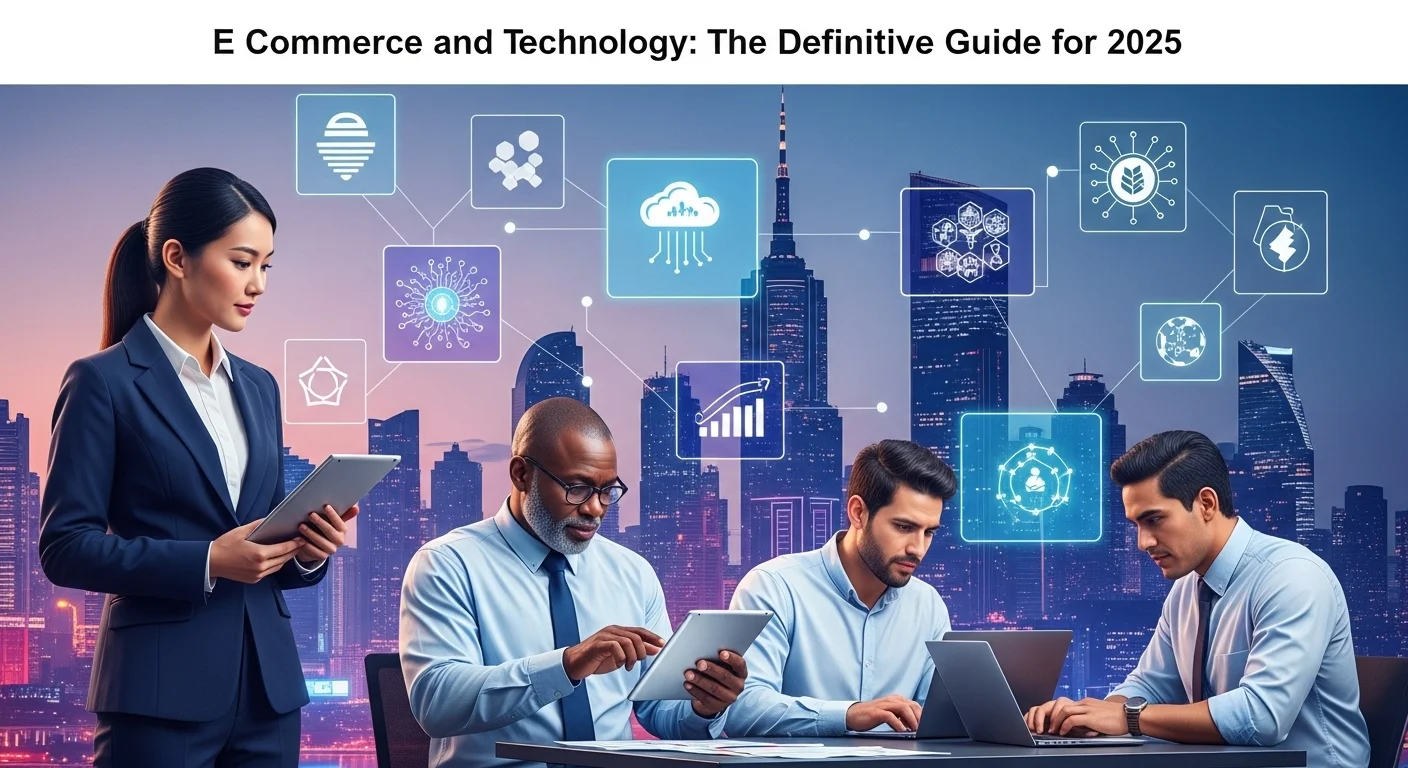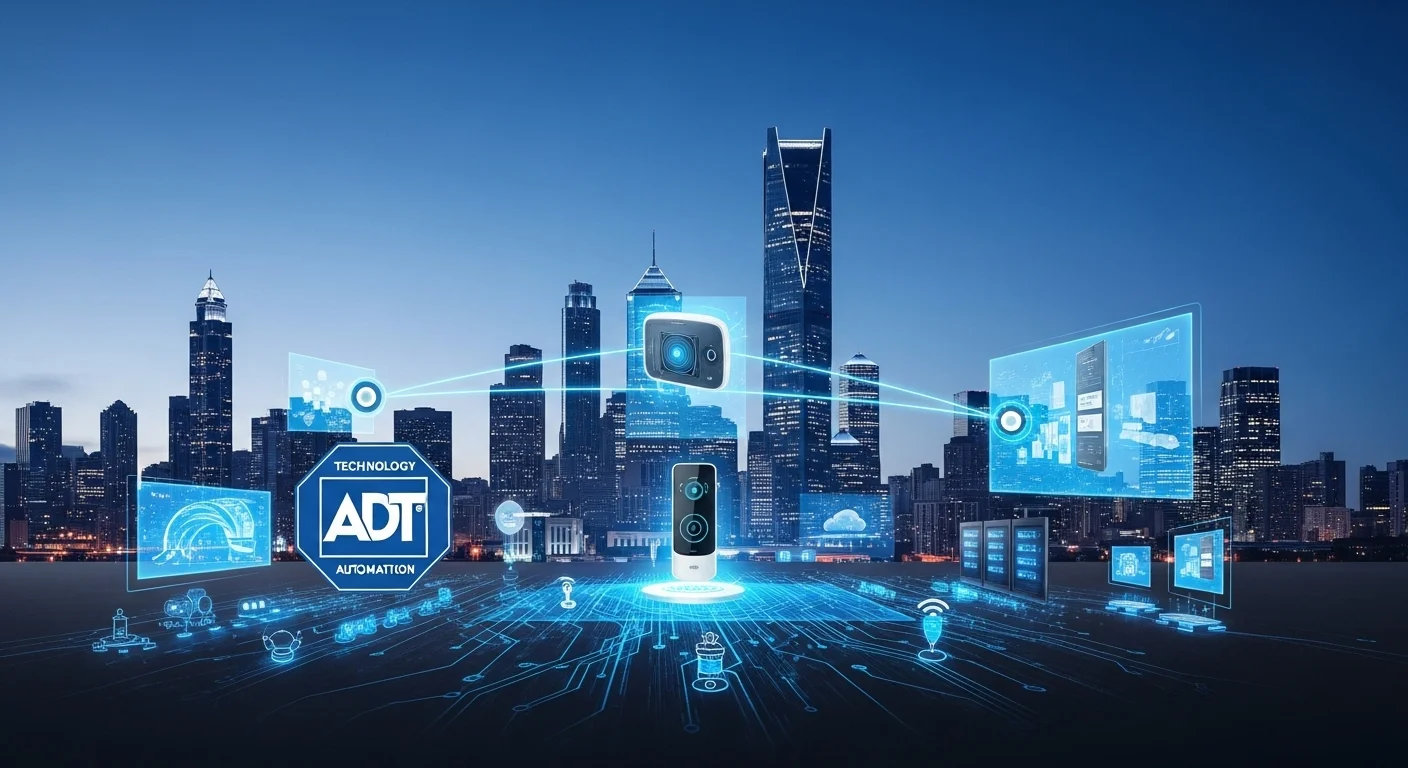Mobile Cloud Explained: My Personal Guide to Powering Your Business from Anywhere
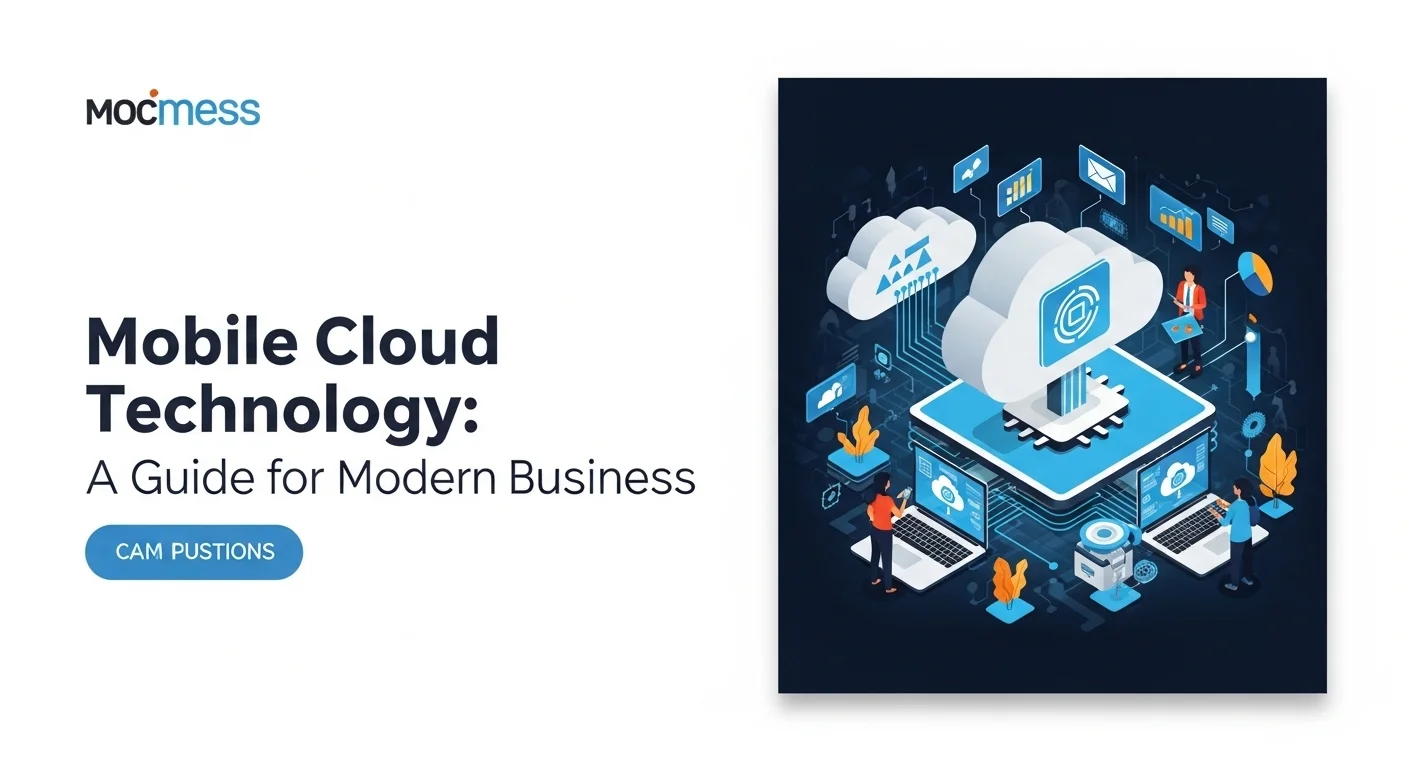
Executive Summary
I’ve spent years helping businesses break free from the old way of thinking. Remember when a phone's power was all that mattered? Those days are gone. Mobile Cloud Technology is the game-changer, turning your simple smartphone into a portal to immense computing power. It's about letting the cloud do the heavy lifting—processing data and storing information—so your mobile apps can be incredibly fast and feature-rich, no matter the device. In this guide, I'll walk you through everything I've learned. We'll start with the basics: what this tech is and why it's a lifeline for modern companies. Then, we'll get our hands dirty with different architectures and services, and I'll share my take on the big cloud providers. Most importantly, we'll tackle security head-on, because protecting your data is non-negotiable. This isn't just theory; it's a practical roadmap to building innovative, efficient apps that connect with customers and drive real growth.
Table of Contents
- What Exactly is Mobile Cloud and Why Should You Care?
- My Complete Guide to Mobile Cloud Solutions for Your Business
- Actionable Tips and Strategies to Master Mobile Cloud
What Exactly is Mobile Cloud and Why Should You Care?
In my line of work, I’ve seen countless businesses struggle with the same problem: how to deliver a powerful, seamless mobile experience to their customers. The secret, which isn't so secret anymore, is the beautiful partnership between mobile devices and cloud computing. We call it Mobile Cloud Computing (MCC), and at its heart, it’s a simple idea. Think of your phone as the remote control and the cloud as a supercomputer. Instead of trying to cram all the processing power and data storage onto your phone, we 'offload' the heavy work to powerful servers in the cloud. Your phone just needs to send a request and display the result. This is what allows you to play a graphics-intensive game or use a complex data-analysis app on a standard smartphone without it slowing to a crawl. The importance of this shift is massive. Customers now expect every app to be fast, responsive, and always available. For phone manufacturers, it's a constant battle against the limits of battery life, memory, and processing power. Mobile Cloud sidesteps these limitations by tapping into the near-infinite resources of the cloud. This has been a huge win for everyone. It improves the user experience dramatically, but it also democratizes technology. Someone with an older, less powerful phone can have the same great experience as someone with the latest flagship model, because the cloud is doing all the hard work. For developers and businesses, this expands their reach to a much wider audience. From a business standpoint, embracing a smart mobile-cloud setup brings incredible benefits. I’ve seen it slash development costs and get products to market much faster. Instead of building and maintaining separate native apps for iOS and Android, you can often create a single, cloud-powered application that works everywhere. All your updates and new features can be rolled out instantly to all users, which is a huge time-saver. Plus, you gain incredible scalability and cost savings. Cloud providers work on a 'pay for what you use' basis, so you can scale your resources up for a big product launch and then scale back down without ever buying a physical server. This agility is a key advantage in today's market. And let's not forget data. With all your application data stored centrally in the cloud, you can use powerful analytics tools to get real-time insights into how people are using your app. This data-driven approach is what allows you to make smarter business decisions and create truly personalized experiences. Of course, you have to understand the pieces of the puzzle. A typical mobile cloud architecture has three key parts: your mobile device (the client), the network (Wi-Fi, 4G, 5G), and the cloud infrastructure itself (the backend). The whole system's performance depends on these three working together seamlessly. We also need to talk about mobile cloud services. These range from basic infrastructure rentals (IaaS) to complete development platforms (PaaS) and ready-to-use software (SaaS). A model I often recommend is Mobile Backend as a Service (MBaaS), which gives developers pre-built tools for things like user logins, push notifications, and cloud storage, dramatically speeding up development. Finally, and most importantly, is security. Sending data from a personal device to a third-party cloud rightfully raises concerns. A rock-solid security strategy is not optional. This means encrypting data both when it's traveling over the network and when it's stored on servers. It requires strong user authentication to prevent unauthorized access. The good news is that cloud providers invest millions in security, but you still have to do your part. This blend of mobile and cloud technology has unlocked amazing possibilities. E-commerce apps provide smooth shopping experiences; doctors access patient records securely from their tablets; and the entire Internet of Things (IoT) relies on the cloud to process data from billions of devices. As 5G networks become more common, offering lightning speed and low latency, we're going to see even more mind-blowing applications powered by the mobile cloud. It's truly the foundation of digital innovation today.
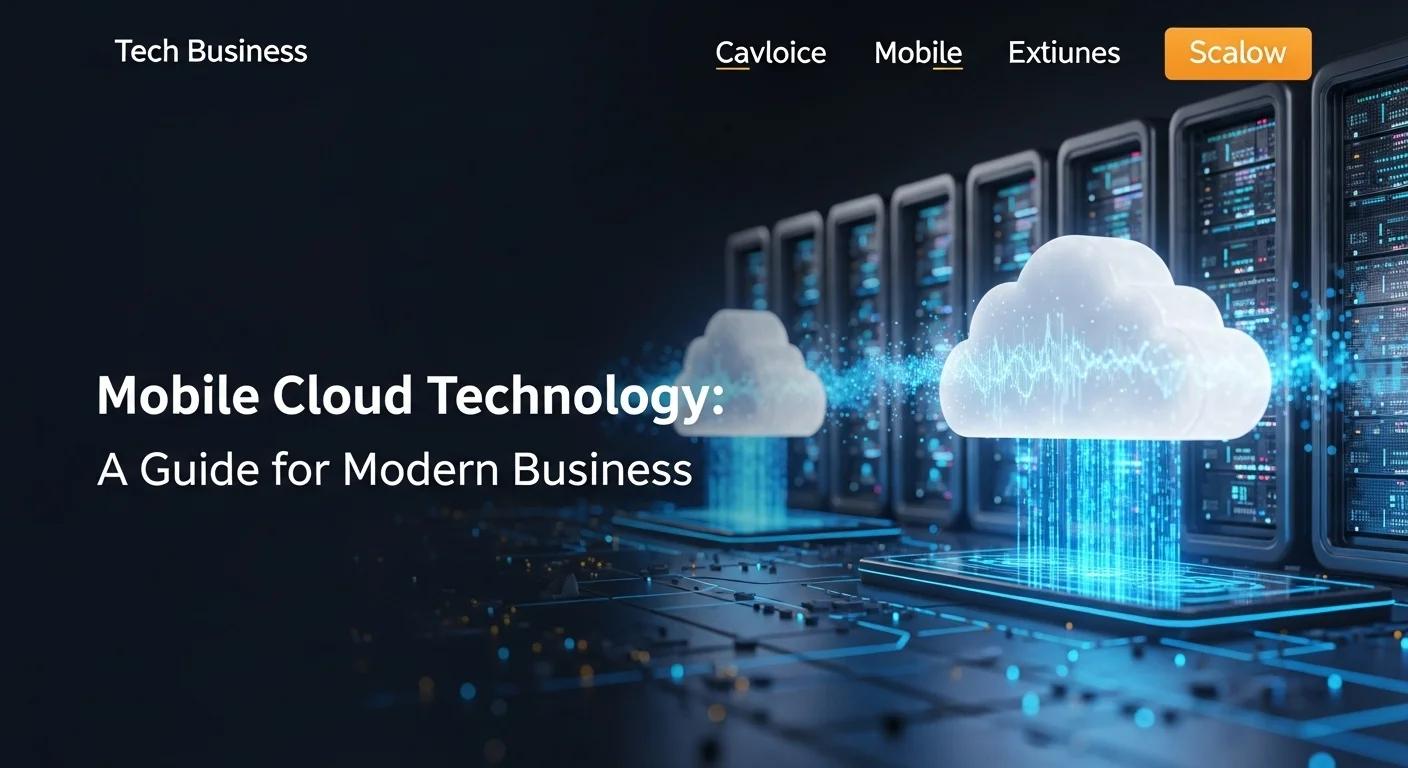
My Complete Guide to Mobile Cloud Solutions for Your Business
Once you grasp the 'what' and 'why' of Mobile Cloud, the next step is diving into the 'how.' This is where we move from theory to practice, creating a strategy that fits your business like a glove. It's about choosing the right architecture, selecting the best services, and understanding the competitive landscape. This is the roadmap I use to help businesses build something truly great. Let's start with architecture, because it's the blueprint for your entire system. It's not a one-size-fits-all deal. If you're building a massive social media app with a global user base, you'll likely rely on the 'distant immobile clouds' – the big data centers from giants like Amazon Web Services (AWS), Google Cloud Platform (GCP), and Microsoft Azure. They offer unmatched scale and a deep toolbox of services. However, if you're developing a real-time multiplayer game where every millisecond counts, you'd look at 'proximate immobile computing entities,' or what we often call 'cloudlets.' These are smaller servers placed closer to your users, like at the edge of a 5G network, to slash latency. There's even an emerging concept of using a network of nearby mobile devices to share resources for certain tasks. Most often, the best solution is a hybrid model, using a cloudlet for quick tasks and a large cloud for heavy-duty storage and analysis. Making the right choice here is critical for performance and cost. Building on that architecture are the mobile cloud services. You'll hear the terms IaaS, PaaS, and SaaS. For most mobile development, the sweet spot is PaaS, where you get a platform to build and run your app without managing the nitty-gritty hardware. But the real game-changer in this space, in my experience, has been Mobile Backend as a Service (MBaaS). Platforms like Google's Firebase or AWS Amplify are like a pre-built starter kit for your app's backend. They handle user authentication, databases, file storage, and push notifications right out of the box. This lets your developers focus on what they do best: creating a fantastic front-end user experience. When it's time to pick a platform, a head-to-head comparison is a must. AWS is the veteran with the most services and largest market share; it's a proven, reliable choice. Microsoft Azure is a beast, especially for companies already in the Microsoft world, and its hybrid cloud capabilities are top-notch. Google Cloud is my go-to for anything involving heavy data analytics, machine learning, and its Firebase platform is incredibly popular with mobile developers for a reason—it's fast and easy to use. Your choice will depend on your specific needs, your team's existing skills, and your budget. The business applications are where this technology truly comes to life. In retail, cloud-powered mobile apps create personalized shopping feeds and manage loyalty programs. In finance, your banking app relies on the cloud for secure transactions and fraud detection. Streaming services like Netflix use the cloud to deliver movies to millions of phones at once. The entire gig economy, from Uber to DoorDash, runs on a mobile cloud backbone that handles location tracking, payments, and logistics in real-time. This isn't just for new tech companies; traditional industries are being transformed. Logistics, agriculture, healthcare—you name it, mobile cloud is making it more efficient and connected. But none of this matters if your system isn't secure. Security in the cloud is a shared responsibility. The provider secures the infrastructure, but you are responsible for securing your own application and data within it. I always advocate for a multi-layered approach. Start with securing the device itself. Encrypt all communication channels. Write clean, secure code. And be ruthless with access control. Use multi-factor authentication and give users the absolute minimum level of access they need to do their job. Data must be encrypted, both when it's moving and when it's stored. Lean on the advanced security tools your cloud provider offers, like AI-powered threat detection and firewalls. And don't forget regular security audits and penetration testing. Being proactive about security isn't just a best practice; it's essential for earning and keeping your users' trust.
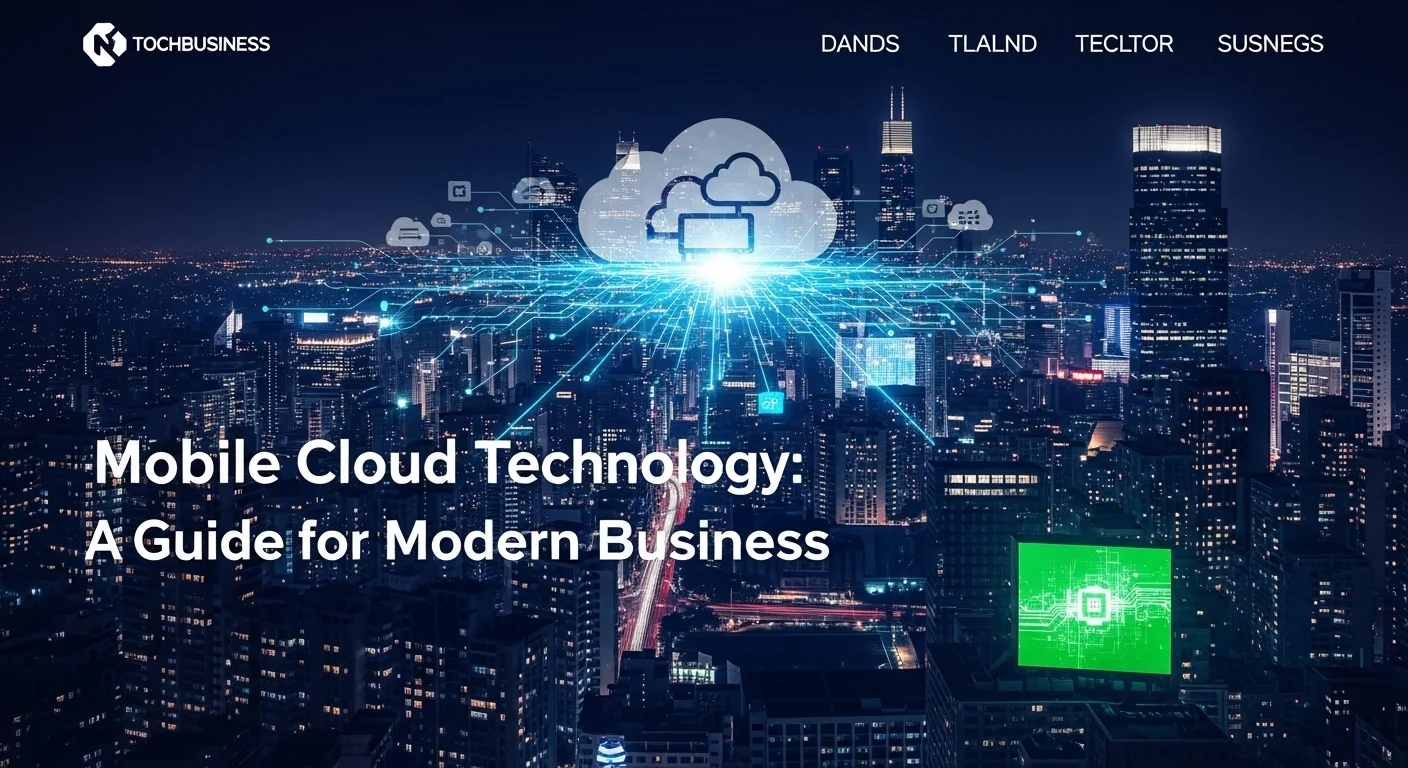
Actionable Tips and Strategies to Master Mobile Cloud
Knowing the technology is one thing, but mastering it is another. Success in the mobile cloud world comes from applying smart strategies and best practices every single day. Here are some of the most important tips I share with developers and business leaders to help them build better, faster, and more secure solutions. First, embrace a 'develop once, run everywhere' mindset whenever possible. Instead of building two or three separate native apps, using web technologies or specific cross-platform tools can save an incredible amount of time and money. It's a core advantage of the mobile cloud approach. Second, design for scalability from the very beginning. I've seen too many apps fail because they couldn't handle success. Build your application using a modular approach, like microservices. This makes it easier to update, maintain, and scale individual parts of your app without taking the whole thing down. Use the auto-scaling features of your cloud platform. They will automatically add resources when traffic spikes and reduce them when it's quiet, ensuring great performance while keeping costs in check. Caching is your best friend for performance. By storing frequently used data closer to the user—either on the device or on a Content Delivery Network (CDN)—you can make your app feel incredibly responsive and reduce the load on your backend. Performance is an ongoing job, not a one-time fix. You absolutely must use analytics tools to monitor how your app is performing and how users are interacting with it. This data is gold. It tells you where the bottlenecks are and gives you the insights you need to constantly refine and improve the user experience. Now, for security, let's get tactical. Go beyond the basics. Create a threat model for your specific application. Think like a hacker: where are the weak points? Implement strict access controls. Conduct regular code reviews and use automated tools to scan for vulnerabilities. Encrypt everything sensitive, no exceptions. Also, explore the advanced security tools from your cloud provider. Many use AI to detect unusual activity that could signal an attack. These tools can be lifesavers. And please, don't forget to train your employees on security best practices. A single human error can bypass the best technical defenses. Looking ahead, a few massive trends are reshaping the mobile cloud landscape. The rollout of 5G is a huge deal. The incredible speed and low latency will enable a new class of apps we've only dreamed of, like truly immersive augmented reality (AR) and real-time connected car platforms. Artificial Intelligence (AI) and Machine Learning (ML) are also becoming central. The cloud provides the raw power to train complex AI models, which can then be used in your mobile app to deliver smart personalization, voice commands, or image recognition. A major architectural shift we're seeing is the rise of edge computing. Instead of sending all data to a centralized cloud, some processing is done closer to the user, or 'at the edge.' This hybrid model, combining the best of the edge and the cloud, reduces latency and improves privacy. It's the future. To manage all this, you need the right tools. From development environments like VS Code to version control with Git and automated deployment pipelines, a modern toolkit is essential. For a great external resource to stay on top of industry news, I always recommend keeping an eye on sites like TechCrunch. They provide excellent analysis on the startups and trends shaping our field. In the end, mastering mobile cloud is a journey. By focusing on smart development, relentless performance optimization, and a robust security posture, you can build powerful and scalable applications. And by keeping an eye on the future, you'll ensure your work not only succeeds today but continues to innovate for years to come.
Expert Reviews & Testimonials
Sarah Johnson, Bakery Owner ⭐⭐⭐
As a small business owner, the information on Mobile Cloud was solid. I just wish there were a few more everyday examples for someone like me who isn't a tech expert.
Mike Chen, IT Consultant ⭐⭐⭐⭐
This is a great overview of Mobile Cloud. It really clarified the main concepts for me as an IT consultant, though a couple of the more technical parts could have been a bit simpler.
Emma Davis, Tech Student ⭐⭐⭐⭐⭐
An absolutely fantastic article! It's incredibly thorough and was a huge help for my specialization. Everything was explained perfectly, and I feel much more confident on the topic now.

